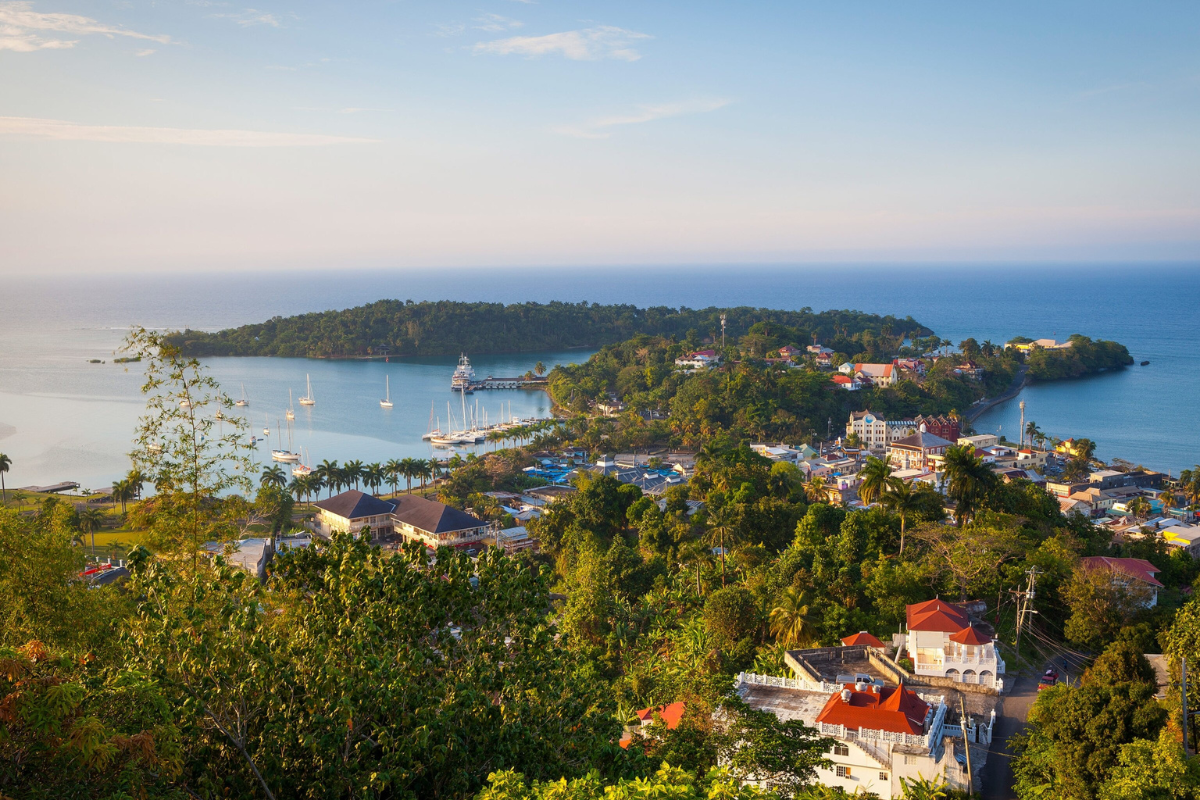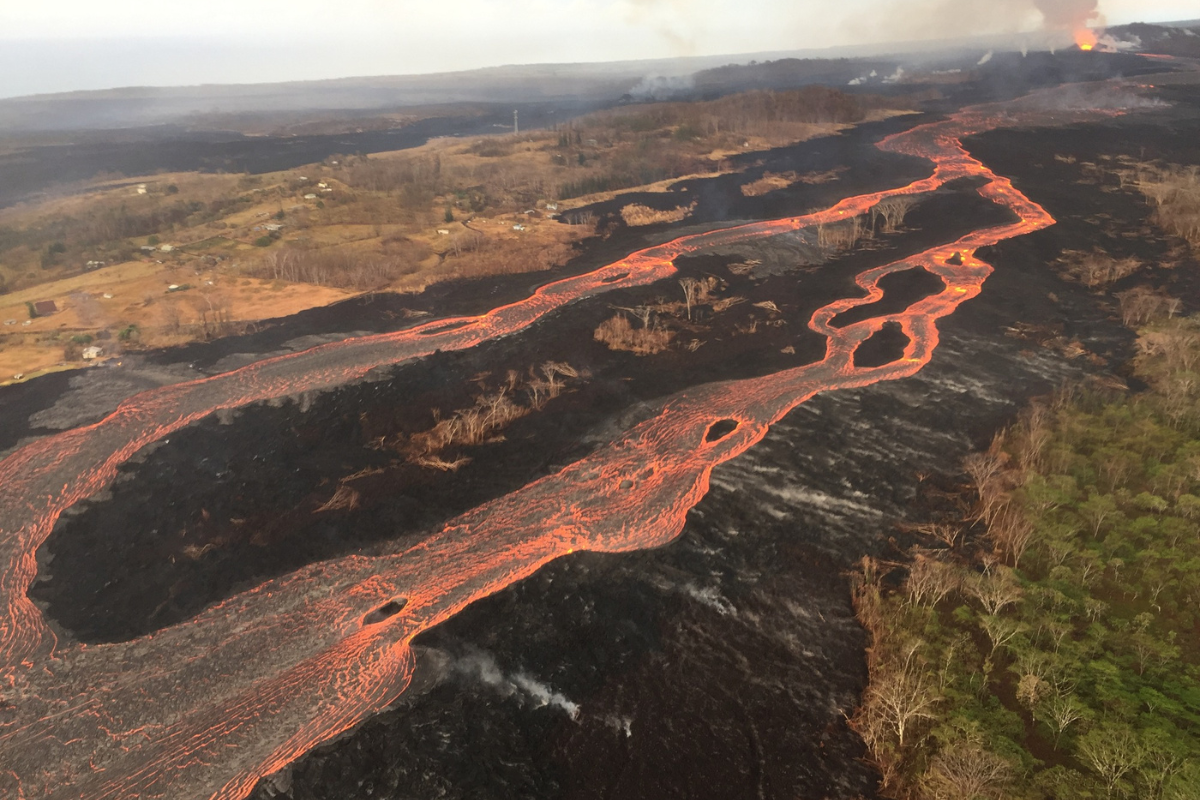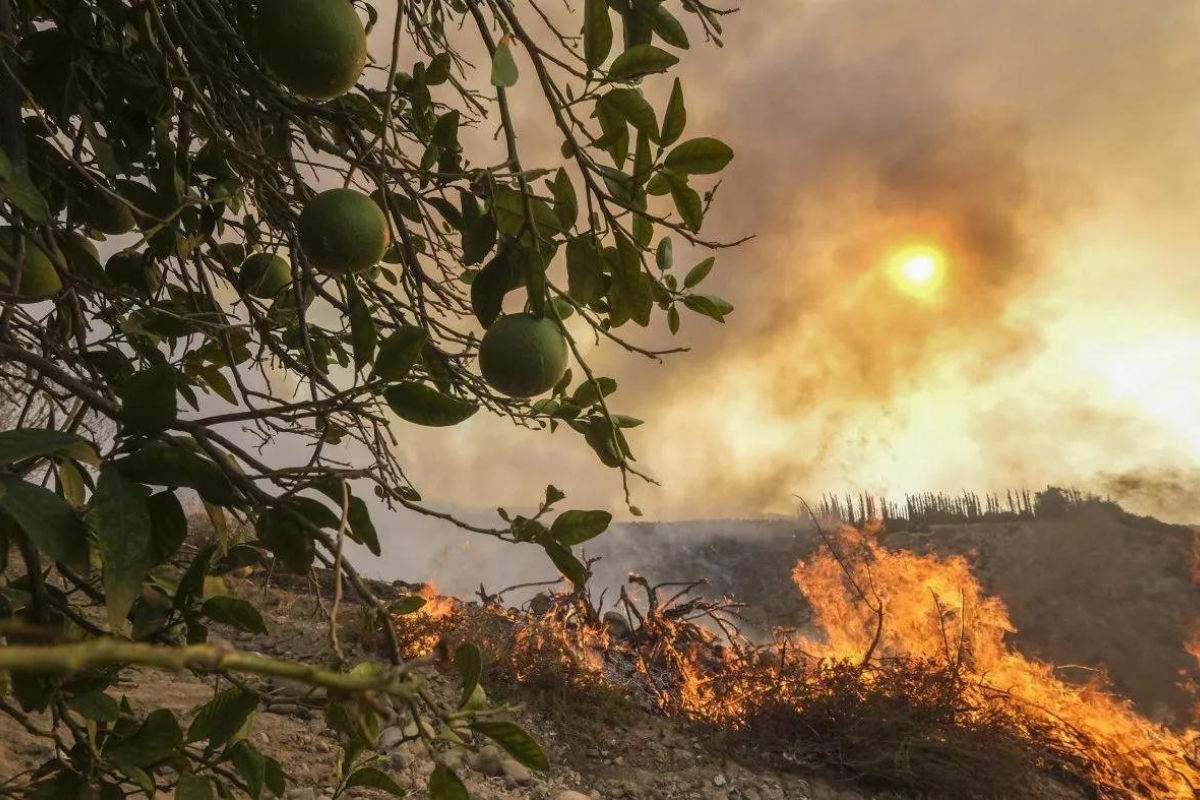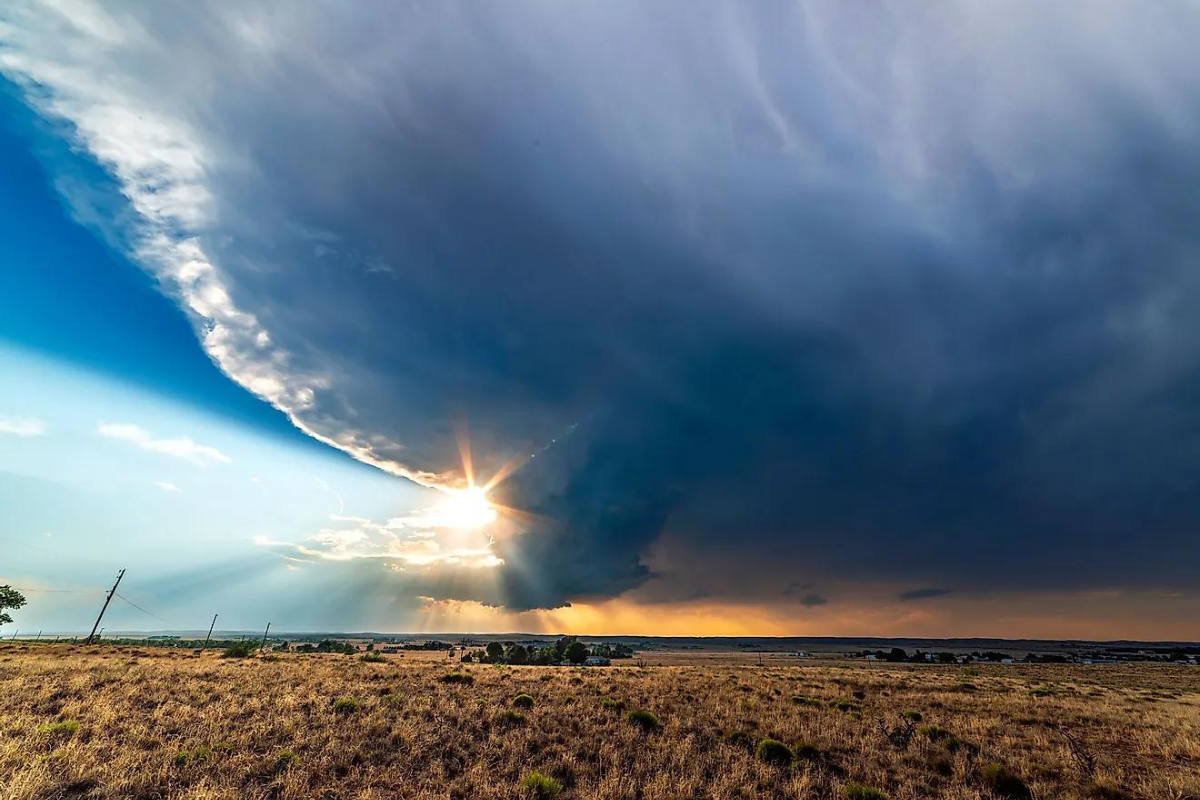Imagine your dream vacation: pristine beaches, vibrant coral reefs, lush rainforests teeming with exotic life. Now, picture that same paradise ravaged by a hurricane, bleached by coral die-off, or choked by wildfire smoke. This is the harsh reality facing many tourist destinations around the world, increasingly battered by a relentless series of natural disasters.

Photo: National Geographic
For many, the allure of a tourist destination lies in its pristine beaches, vibrant coral reefs, majestic mountains, or ancient ruins. Yet, nestled beneath the postcard-perfect veneer lies a vulnerability – an ever-present susceptibility to the wrath of nature. When a series of natural disasters strikes, the idyllic image shatters, leaving behind a stark reality of devastation and a complex struggle for recovery.
Typically, from the volcanic eruptions in Hawaii to the deadly bushfires in Australia, the impact of these events extends far beyond immediate physical damage. Tourism, the lifeblood of countless communities, is left reeling, facing a complex web of challenges in the aftermath.
As a consequence, airports, roads, bridges, and hotels can be destroyed, hindering access and accommodation for tourists. The 2018 Kilauea eruption in Hawaii, for example, cut off entire districts and decimated tourism infrastructure, causing losses exceeding $500 million.
Moreover, landscapes that attract tourists are transformed. Lush rainforests are replaced by barren scars, vibrant coral reefs turn into ghostly graveyards, and pristine beaches become littered with debris. Australia’s Great Barrier Reef, a UNESCO World Heritage Site, has suffered extensive bleaching due to rising ocean temperatures, a direct consequence of climate change.

Photo: National Park Service
Not only that, earthquakes, tsunamis, and volcanic eruptions pose immediate danger to tourists, forcing evacuations and deterring future visits. The Indian Ocean tsunami in the past devastated coastal communities across Southeast Asia, leaving a lasting scar on tourism in the region.
From shattered dreams to economic ripple effects
The immediate aftermath of a natural disaster is often one of chaos and destruction. Earthquakes crumble infrastructure, hurricanes unleash torrents of flooding, and wildfires paint landscapes in shades of ash. In the blink of an eye, iconic landmarks, charming hotels, and bustling beaches transform into unrecognizable heaps of debris.
Images of devastation plastered across media outlets can damage a destination’s reputation for months or even years. Tourists may perceive the area as unsafe or undesirable, leading to a decline in visitor numbers and revenue.
With fewer tourists, local businesses suffer. Hotels grapple with empty rooms, restaurants see dwindling customers, and tour operators face cancellations. This can lead to job losses, decreased income, and economic instability in communities heavily reliant on tourism.

Photo: The Hill
The most important thing is that rebuilding infrastructure and restoring natural beauty is a costly and time-consuming endeavor. Governments and local communities often struggle to secure funding and resources, delaying recovery and impacting tourism for years to come.
Tourists, caught in the maelstrom, face the trauma of displacement, canceled vacations, and even loss of life. The economic shockwaves reverberate outwards, impacting airlines, tour operators, local businesses, and communities heavily reliant on tourism revenue. Livelihoods vanish, and the once-thriving tourist economy grinds to a halt.
The long road to emerge stronger from the ashes
Despite the immense challenges, stories of resilience emerge. Communities band together to rebuild, governments implement sustainable tourism practices, and innovative approaches are adopted to attract visitors while protecting the environment. Destinations like the Maldives are turning to renewable energy sources and eco-friendly practices to mitigate the impact of climate change and attract environmentally conscious tourists.
Once the immediate danger subsides, the arduous task of rebuilding begins. Infrastructure needs repair, debris requires removal, and safety concerns linger. The reconstruction process can be protracted and expensive, testing the resilience of local communities and governments. Local businesses and residents are increasingly involved in rebuilding efforts, ensuring tourism benefits the community and the future. Early warning systems, evacuation plans, and infrastructure designed to withstand natural disasters are also becoming crucial for minimizing damage and facilitating speedy recovery.

Photo: World Atlas
Destinations can also leverage this opportunity for positive change. Sustainable practices can be prioritized in rebuilding efforts, creating a more resilient infrastructure and a more attractive proposition for eco-conscious travelers. This shift towards responsible tourism can not only safeguard the environment but also foster a stronger sense of community and ownership among locals.
While the impact of natural disasters on tourist destinations can be immense, it is not insurmountable. By prioritizing preparedness, embracing sustainable practices, and fostering community resilience, these idyllic havens can not only weather the storms but emerge stronger, more adaptable, and even more alluring to responsible travelers seeking a deeper connection with the world around them.
It is collective responsibility as travelers to be mindful of the delicate balance between enjoying the beauty of these destinations and contributing to their long-term well-being. By choosing responsible tourism options, supporting local communities, and respecting the environment, we can ensure that these paradises not only survive the storms but thrive in their wake.
As the frequency and intensity of natural disasters increase, the resilience of tourist destinations will be tested like never before. Adapting to the changing climate, prioritizing sustainable practices, and building strong communities will be key to weathering the storm and ensuring that these paradises can continue to welcome visitors for years to come.

